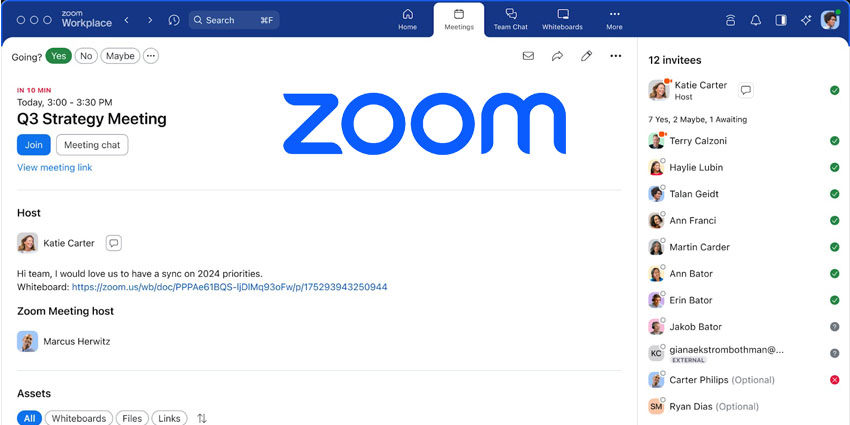Direct routing via Microsoft Teams has rapidly emerged as one of the most appealing options for business owners around the world. With direct routing technology, businesses don’t have to worry about ripping and replacing their entire business phone solution, just because they want to connect it with Microsoft Teams.
Direct routing through Microsoft Teams is an avenue for phone systems permitting today’s businesses to connect external devices and SIP solutions to their Microsoft Teams devices. Many customers are using this solution to join Microsoft Teams to third-party SIP experts, like AT&T and Gamma.
However, while many organisations are excited about the concept of direct routing, there’s very little information out there to guide them towards the right option. Direct routing is available in a variety of flavours depending on your business and its needs. Today, we’re going to explore your options.
Your Direct Routing Options
There isn’t a lot of information out there about direct routing and the different partner options available to unlock this technology. If you’re looking for a way to connect your Microsoft Teams offering to your existing environment, there are various options to look at. For instance:
- Option 1- SaaS/Cloud SBC only: The first option is to consider a company like AudioCodes as a way of accessing a SaaS or cloud-based session border controller (SBC). This is a device that connects the Teams platform to the SIP service. A hosted or cloud-based solution is an easy way to connect from Microsoft Teams to your own carrier, with a Microsoft certified solution. Microsoft certification means you can rely on Microsoft for customer support.
- Option 2 – Cloud SBC and SIP numbers: The second option is to go a step beyond the SBC only option and find a partner that delivers cloud-based SBC solutions that are fully hosted. These solutions may also provide trunking and SIP numbers. Effectively, you get a full carrier solution. You may work with a company like Pure IP to access solutions at this level, and you can get numbers all around the world that plug into Microsoft Teams.
- Option 3 – Hybrid SBC: The third option is a potential hybrid SBC, which connects the old and new world of session border controllers. These solutions connect to local trunks, but they also support SBCs in the cloud. The service connects your full communication estate together, while offering Sip trunks into all numbers and SBC options. With hardware SBCs, you need plenty of people on the ground to plug these things in, maintain them, and handle the tech stuff. There aren’t as many of these options out there on the market today.
Non-Certified Direct Routing Options
Outside of the three options that are certified and supported by Microsoft above, there are also some uncertified solutions which work similarly. These solutions fundamentally use the same direct routing path on the Microsoft environment. There are no support options from Microsoft here, and you don’t get that peace of mind as a result. However, you may get help from your PBX provider.
- Option 4 – Connect on-premises legacy lines to Teams via an SBC: Users can effectively connect their old PBX or communication system with SIP support into the Microsoft Teams environment. You can use your existing lines or trunks and make the connection to Microsoft Teams yourself. This would route you to Avaya, or whatever provider you were using first, then pop you through into Microsoft Teams. You can make calls through Microsoft Teams this way. There’s a lot of companies considering this option today because they don’t want to rip and replace their full investment.
- Option 5 – Connect your UCaaS platform: Finally, you might consider connecting your UCaaS environment from NFON or RingCentral to Microsoft Teams. This could help you to take full advantage of your business phone system. Here, you might not get support from Microsoft, but the UCaaS provider would be able to offer some assistance.
Which Option is Right for You?
When you’re considering partners for Microsoft Teams direct routing, there are a lot of different options and scenarios available. You’ll need to think about who you’re going to partner with to drive your new communication strategy, and what kind of services the Direct Routing provider offers. There are a lot of options out there, and as the trend of Microsoft Teams direct routing continues, the market will only become more diverse.
Which strategy will you be using?
For more information on Microsoft Teams Direct Routing, read our latest Smart Guide.







